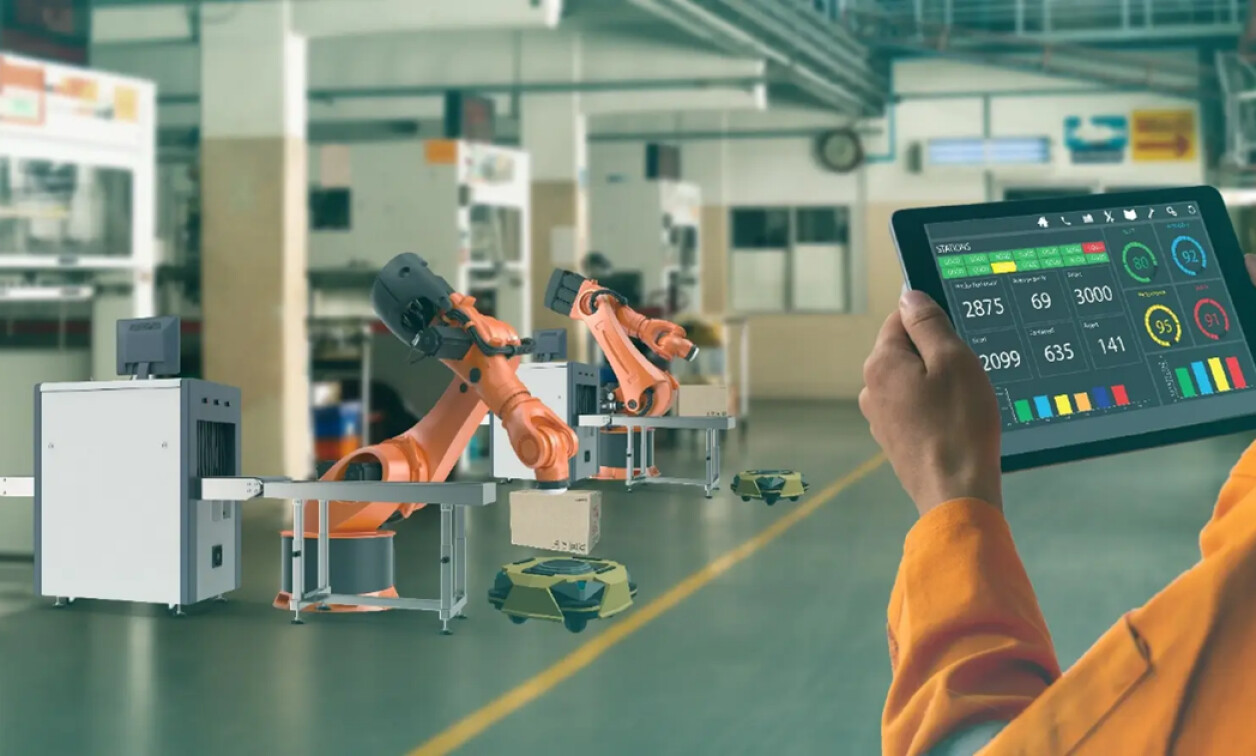The Rise of the Smart Factory
The modern factory is undergoing a dramatic transformation, driven by the need for increased efficiency, reduced downtime, and improved product quality. This evolution is fueled by the convergence of several technologies, most notably the Internet of Things (IoT), artificial intelligence (AI), and, increasingly, edge computing. No longer are factories simply places where raw materials are transformed into finished goods; they’re becoming complex, interconnected ecosystems of data-generating machines and processes.
Edge Computing: Bridging the Gap Between Data and Action
Traditional cloud computing, while powerful, often suffers from latency issues when dealing with the massive amounts of real-time data generated by industrial equipment. This delay can be problematic in a factory setting, where quick responses to anomalies are crucial for maintaining productivity and preventing costly downtime. Edge computing addresses this challenge by processing data closer to its source – the factory floor itself. This significantly reduces latency, enabling faster decision-making and immediate action based on real-time insights.

Real-Time Analytics and Predictive Maintenance
One of the most impactful applications of edge computing in factories is predictive maintenance. By analyzing sensor data from machines in real-time, edge devices can identify potential equipment failures before they occur. This allows for proactive maintenance scheduling, minimizing downtime and preventing costly repairs. This predictive capability not only saves time and money but also enhances overall operational efficiency.
Enhanced Quality Control and Improved Product Traceability
Edge computing empowers factories to implement sophisticated quality control systems. Real-time data analysis from various stages of the production process allows for immediate identification of defects or inconsistencies. This allows for quicker intervention, reducing waste and improving the overall quality of finished goods. Furthermore, edge computing facilitates improved product traceability, allowing for easy tracking of products throughout their lifecycle, from raw material sourcing to final delivery.
Optimizing Production Processes through Data-Driven Insights
The wealth of data generated by a smart factory can be overwhelming without effective analysis. Edge computing provides the computational power to process this data locally, providing real-time insights into production processes. This allows for identification of bottlenecks, optimization of workflows, and adjustments to improve efficiency and throughput. This data-driven approach leads to continuous improvement and helps factories stay ahead of the competition.
Enhancing Workforce Safety and Collaboration
Beyond optimizing production, edge computing enhances workforce safety and collaboration. Real-time monitoring of equipment and worker activity allows for immediate identification of potential hazards. This proactive approach minimizes workplace accidents and ensures a safer working environment. Furthermore, edge computing facilitates seamless communication and collaboration between workers, engineers, and management, enhancing overall operational efficiency.
Security Considerations in the Edge Environment
With the increased reliance on interconnected devices and data processing at the edge, security becomes paramount. Robust security measures are essential to protect against cyber threats and data breaches. This includes implementing strong access controls, encryption protocols, and regular security audits. A well-defined security strategy is vital for the successful deployment of edge computing in a factory setting.
The Future of Edge Computing in Manufacturing
The integration of edge computing in manufacturing is still in its early stages, yet its potential is vast. As technology continues to evolve, we can expect to see even more sophisticated applications of edge computing in factories. This will lead to even greater efficiency, improved product quality, enhanced safety, and a more sustainable and resilient manufacturing industry. The smart factory powered by edge computing is not just the future; it’s the present, and it’s rapidly transforming the way goods are produced globally. Click here to learn about edge software for smart factories.





